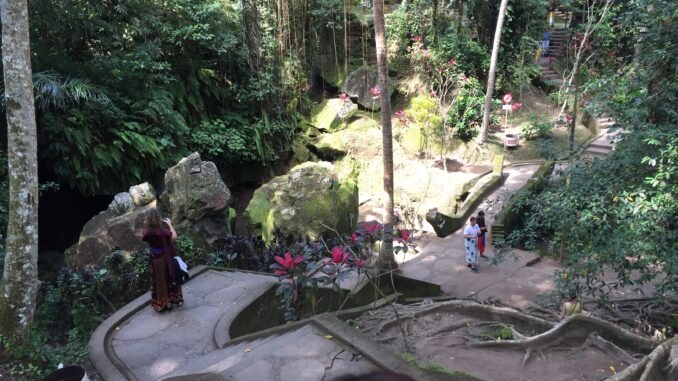
Table of Content:
One of the most interesting destinations on the island of Bali is the “elephant cave” Goa Gajah. It is actually called that, but you still have to put it in quotation marks. Because probably the naming of the cave, discovered only in 1923, is a misunderstanding and has nothing to do with elephants.
Nevertheless, with its huge relief at the entrance and with its entire construction, it is an absolutely exciting event. Where is the elephant cave, what makes it tick and what else should you know for a visit? Answers to these questions are provided in the following sections.
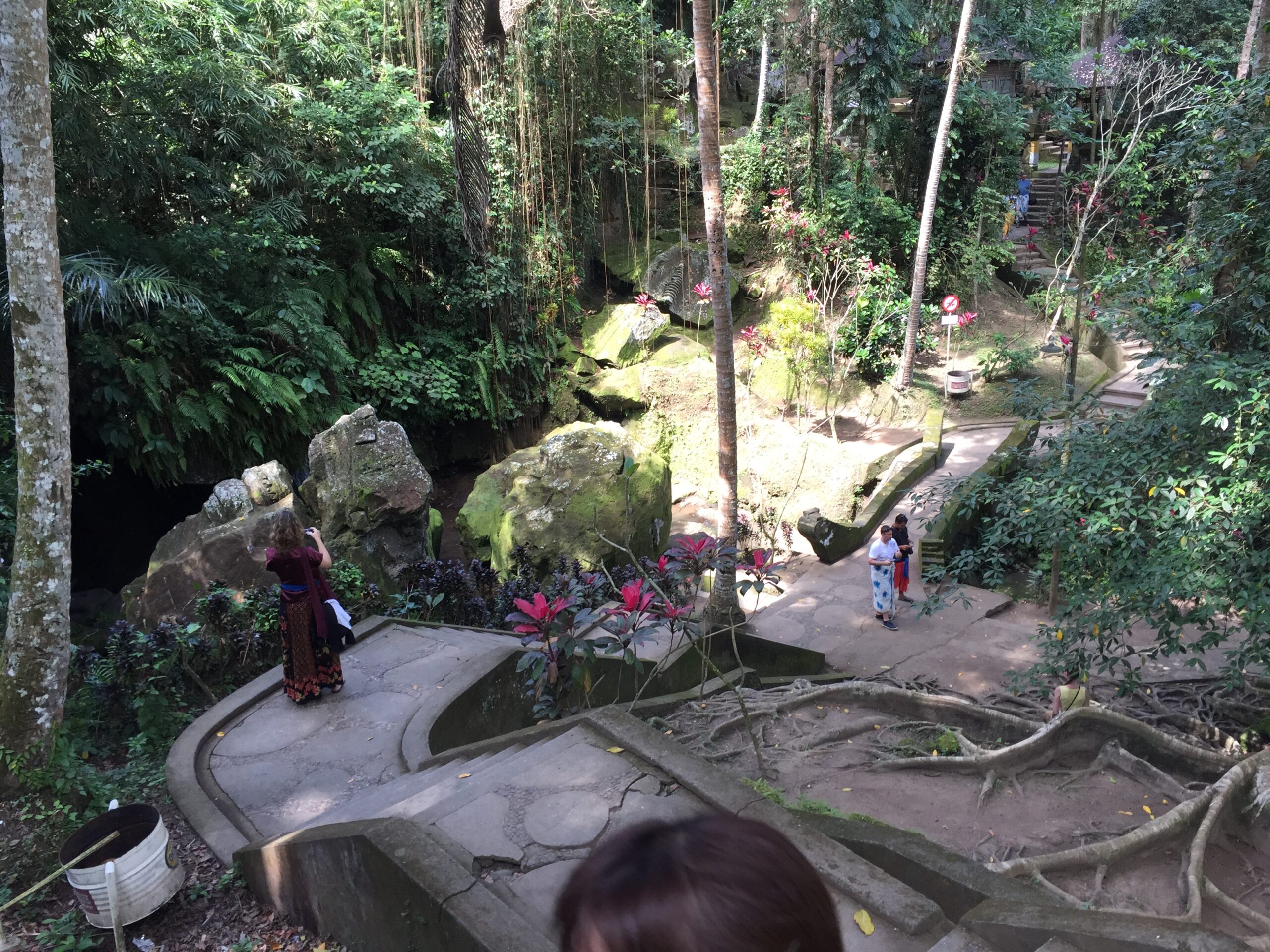
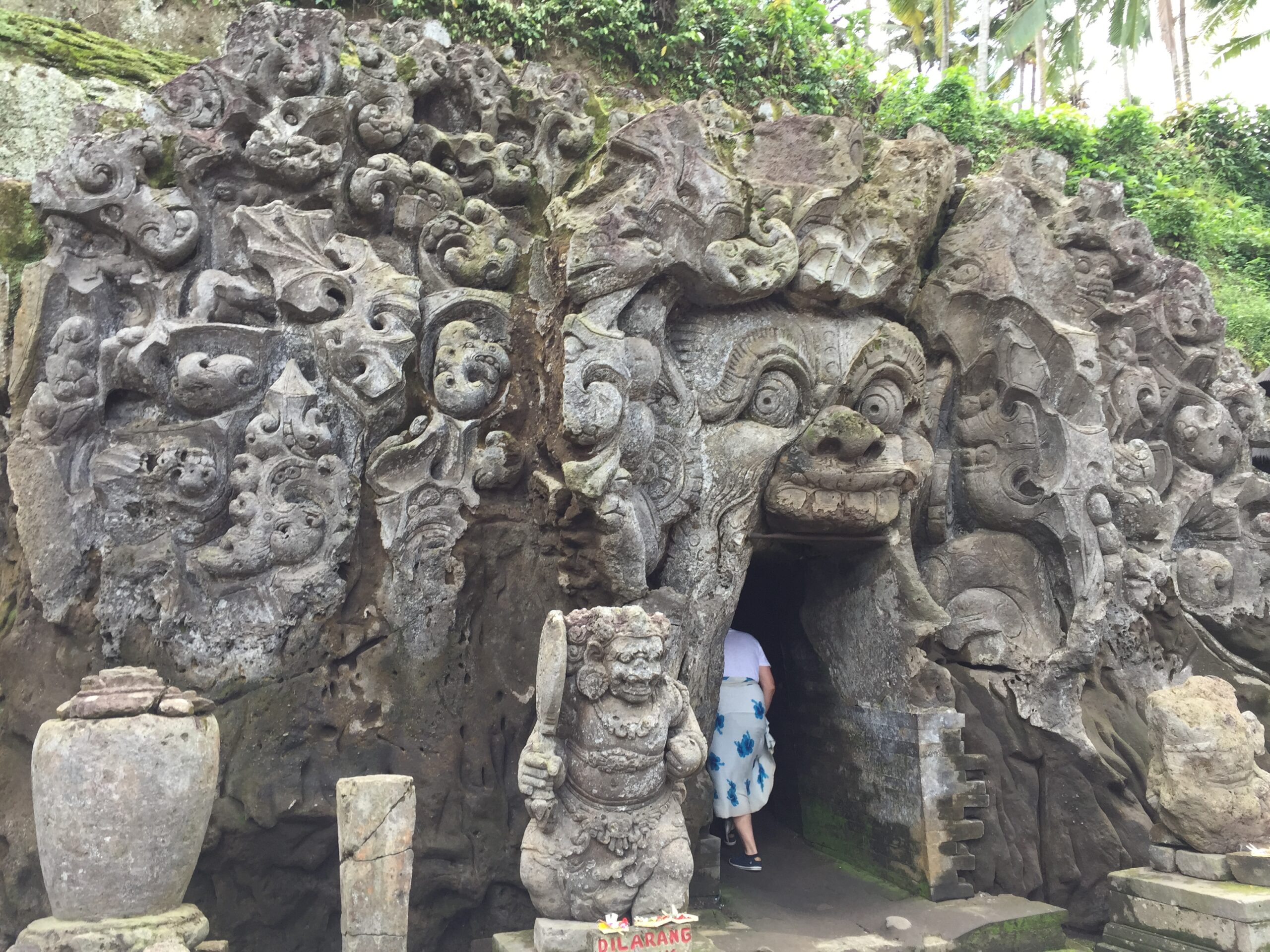
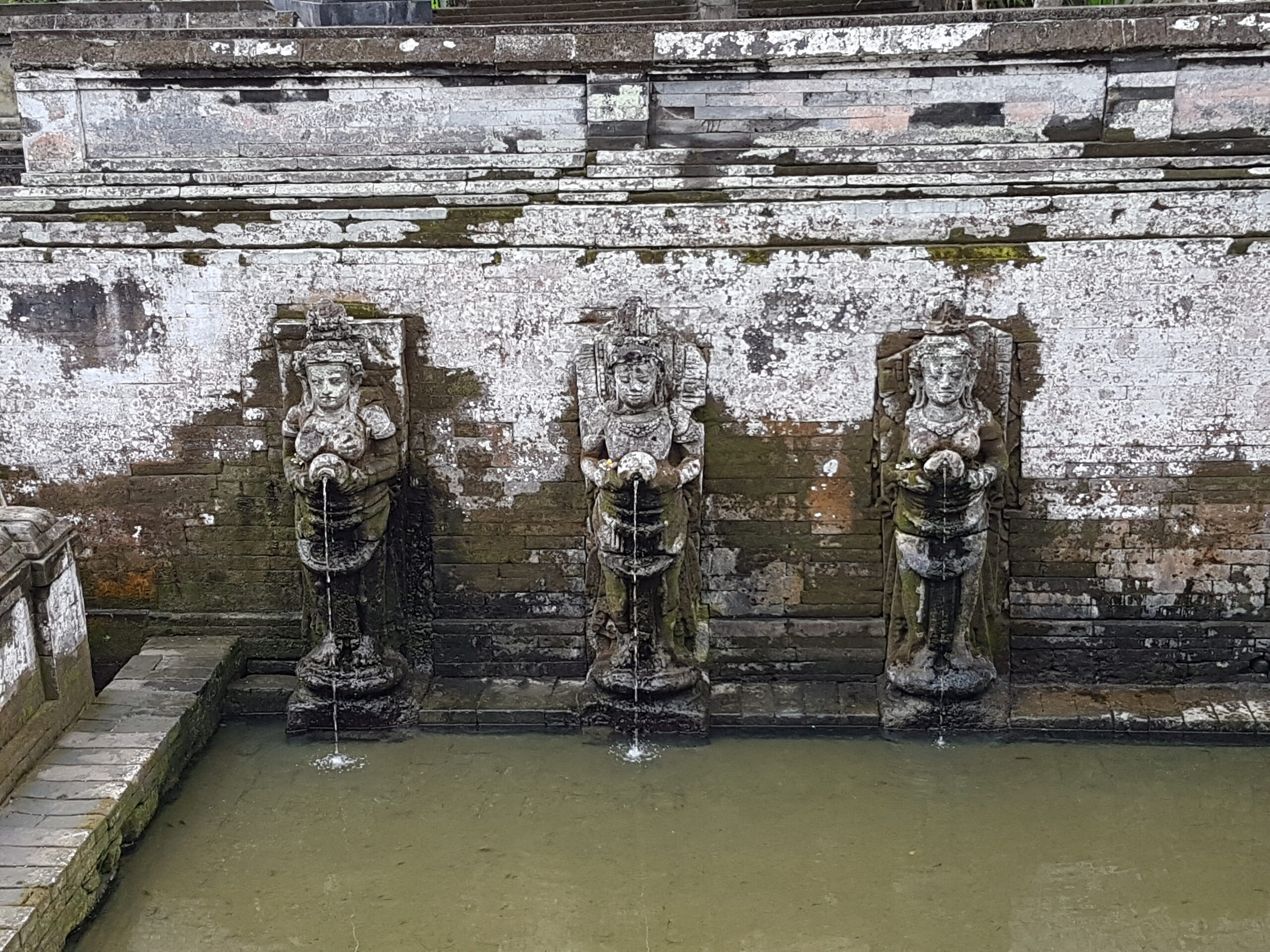
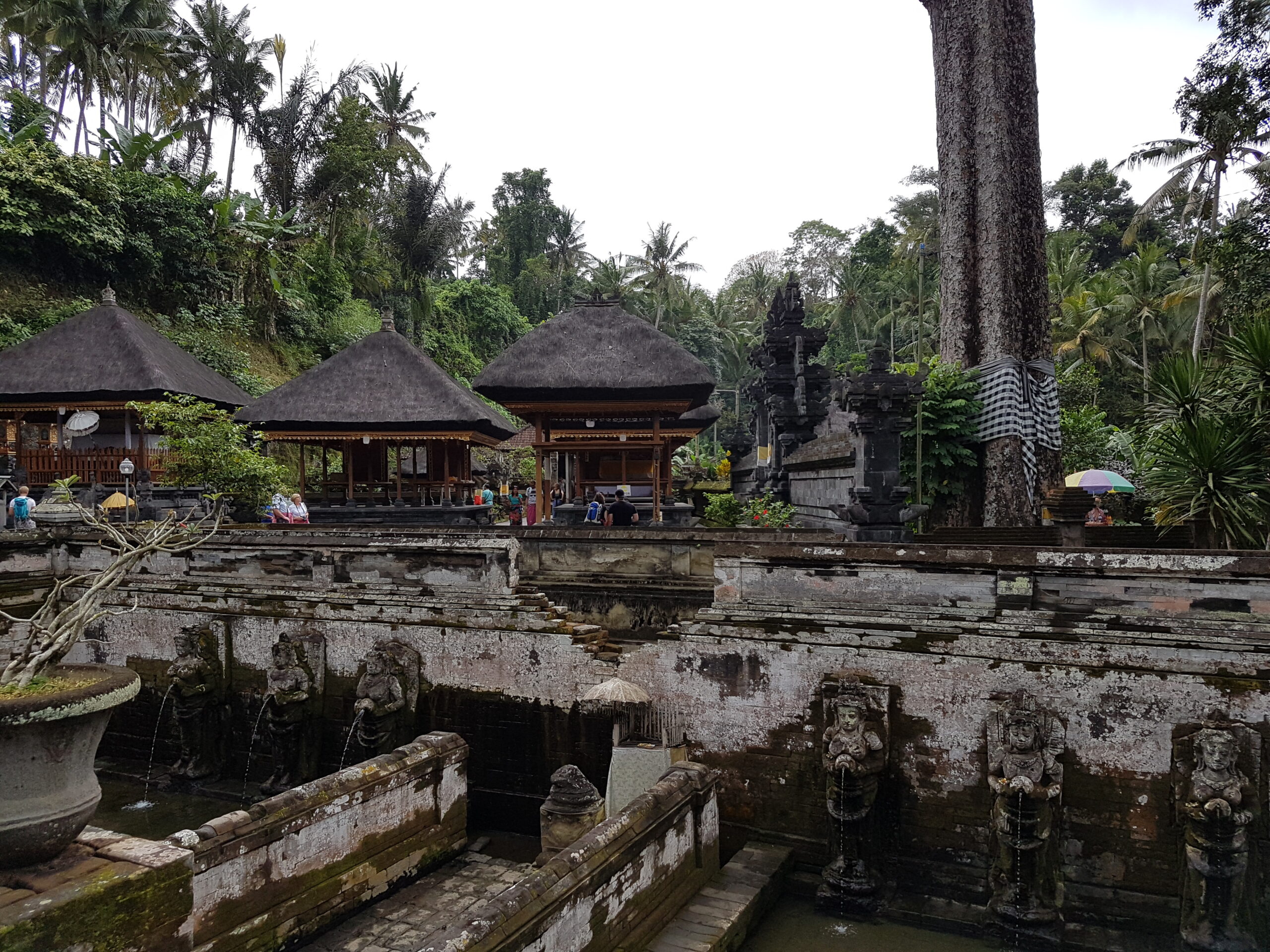
Address and entrance fee for the elephant cave Goa Gajah
This travel destination does not have a classic postal address. These are its coordinates: South 8°31’22.98 East 115°17’16.39. Thus, it is located only about 5 kilometers from the southeastern coast of Bali. Hotels and other accommodation can be found in the larger, nearby town of Ubud in sufficient numbers. Parking for visitors is available directly at the cave. In the immediate vicinity you can get snacks and drinks very well.
Admission for adults was last 15,000 rupiah, which is slightly less than one euro. For visitors, the elephant cave Goa Gajah is open from 8 am to 6 pm.
So what is the Goa Gajah actually?
The Goa Gajah is a cave near the town of Ubud on the Indonesian island of Bali. Specifically, it is located at the village of Bedulu. It was probably built in the 9th century and is a sanctuary. The exact origins of this cave, only nowadays christened “Elephant’s Cave”, are unknown. It is believed that it served primarily as a place of prayer and spiritual meditation. However, the whole complex consists of more than just the cave, the entrance of which is decorated by a large relief. Several spring pools and fountains are also included, which are as worth seeing as the cave itself, as they are also lined with statues. And what’s more, they are also valuable in terms of cultural history, so valuable that for some time now they have been included in the UNESCO World Heritage Site count.
Not only for this reason it is one of the tourist highlights on Bali. However, this also means that it is usually quite full of interested guests. Seclusion and contemplation are no longer experienced here. Nevertheless, a visit is very worthwhile. Inside, once you have passed the demon guarding the entrance, it awaits you with all kinds of statues, some draped on altars.
What awaits visitors inside the elephant cave?
First, there is a statue of the elephant god Ganesh with his four arms, who is a son of Shiva, a Hindu deity. Further to the right, the visitor encounters three lingams representing the three manifestations of Shiva:
- Brahma
- Vishnu
- Shiva
These are framed by numerous phallic symbols, which here are considered guardians of the worlds.
Since it is quite dark inside the elephant cave, it is advisable to complete your visit equipped with a flashlight. The figures on display hold many exciting details that would probably escape attention without adequate lighting. In addition to the aforementioned statues, there are also numerous representations of ancient Balinese demons, as well as several statues of Buddha. The floor plan of the interior of the elephant cave is T-shaped, with the entrance oriented exactly north-south.
What can you do in the surroundings of the elephant cave?
Not far from the entrance, as mentioned, are those three spring pools that were discovered some time after the cave itself. These probably served for the extraction of “holy” water. The pools are decorated with six ornate stone nymphs and are therefore also worth seeing, even without the aid of normal daylight.
If you are reasonably good on your feet, you can go on a hike through the nearby rice fields. Through them, a small path leads to Yeh Pelu, a so-called spring sanctuary. It includes a relief almost 30 meters long and 2 meters high, showing everyday scenes from the time of its creation. This is applied to the 14. or 15th century estimated, more details are not known. What purpose this relief had, could also not be researched so far.
At the Petanu River, which is also nearby, there are several more Buddha statues to see. Some experts suggest that a Buddhist monastery must have once existed here. However, no other remains of it have been discovered so far.
Also nearby is the temple of Pura Taman, which in turn has a lot of interesting things to offer and can perhaps be visited on the same day. Despite its high cultural value, the elephant cave is far from reaching the size of a temple complex or even a single temple.
Elephant Cave Trivia
At the time of the discovery of the cave by Dutch archaeologists in 1923, there were no elephants in Bali. In this respect, the title is probably due to a misinterpretation of the representations at its entrance. Meanwhile, some elephants actually live on Bali. However, these were brought there especially for tourist reasons, but have nothing to do with the actual history of the origin of the cave.
Remarkable is the coexistence of statues of Buddhism and Hinduism in the same place. Apparently, there used to be one in a peaceful form, which is rather rarely confirmed by similar historical constellations elsewhere.
Conclusion about a visit to the elephant cave Goa Gajah
The Goa Gajah elephant cave is a unique structure in the entire region. A strange mix of statues of deities of Hinduism and Buddhism, as well as ancient Balinese demons, create an ambience here that is perhaps unique in the world, and it is not for nothing that it is such a popular destination among visitors to the country. Since it is also very easy to reach, you should not miss a trip to this resort during your Indonesian vacation.
